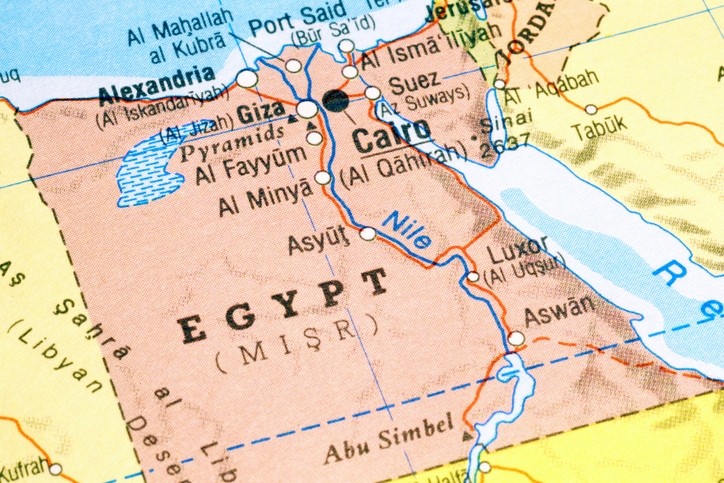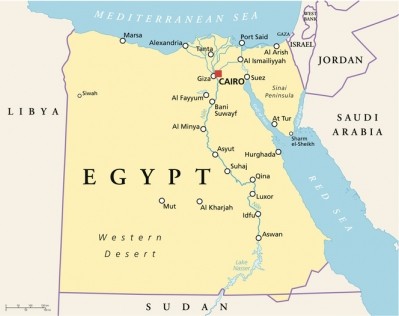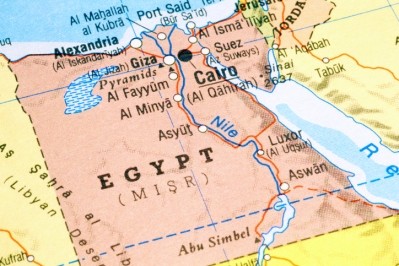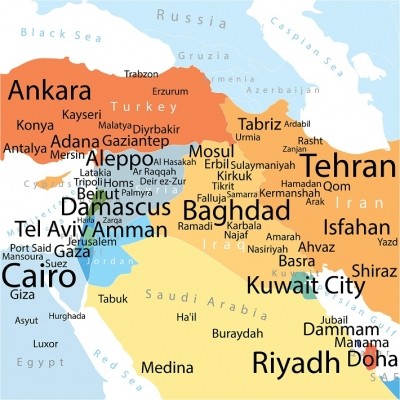Special Edition: Middle East and Africa Feed Developments
Egyptian US feed grain trade insights

The total amount of corn imported in marketing year 2016/17 have been lowered said the department. However, predictions for the coming marketing year, 2017/18, were increased by 2.3% to 8.8m metric tons (mt).
Overall corn consumption in 2017/18 is expected to increase from the previous year, the attachés said in the report.
However, the USDA reduced its estimate for use for 2016/17, based on a 70% increase in poultry feed prices.
Poultry feed, which is predominantly corn, jumped from about EGP 4,000/US$454 a metric ton to EGP 6,800/US$386mt, the attachés said.
Prices for soybean meal and aqua feed also have increased following a currency devaluation.
“Despite the drop in dollar value terms, the domestic price of commodities has become increasingly less affordable since the November 2016 devaluation,” they said.
The price of vaccines and poultry medications have also increased, they added.
The US continues to supply the majority of imported dried distiller grains, the attachés said. Egypt brought in 87,600mt of the feed ingredient from January-June 2017.
Corn gluten meal also continues to be of interest, they said. Egypt imported 47,200mt from January to June 2017.
The country also has established a national strategy to increase the acreage of feed corn planted, with the goal of reaching 1.1m hectares by 2020, said the attachés. “The strategy incorporates improved extension services, the use of higher-yielding seed, the adoption of procurement price processes encouraging growers to make more timely decisions, and improved marketing channels,” they added.
US Grains Council work in the Middle East
The US Grains Council (USGC) also has been doing some work in the Middle Eastern region to expand US feed grain and feed ingredient imports, said Kurt Shultz, senior director of global strategies with the Council.
The council works with several feed grains and ingredients including dried distiller grains (DDGS) he said. The ingredient has been a product of interest in Egypt for several years; however, as there were record low prices on the feed ingredient, it saw more interest throughout the region this year, said the USDA.
“This year Saudi Arabia has been a big focus. They’re buying a lot of corn from the US, and they haven’t been a big importer of distillers’ grains but this year they did,” he told FeedNavigator.
The focus now is how to keep that market in future years, he added.
“What can we do to encourage them to come back and buy more in the future?” he said.
However, if a nutritionist is used to using them as an ingredient they may be more likely to continue forming rations with them, he added.
Additionally, the Council hosted feed grain buyers in September for a series of trainings and visits to US farmers and export suppliers, reported the USGC.
The region has a number of growth opportunities for use of corn and feed ingredients.
Focus on Egypt
Although Egypt has been a large market, there are some challenges there that could be addressed to allow for additional expansion, said Shultz.
The country has a large poultry production market, he said. But much of it is in urban areas and the industry sees challenges from avian influenza.
If production were able to move into less populated areas biosecurity controls might be easier, he said. “We’re hopeful if they start moving out of the urban areas and move out into the desert,” he added.
“We certainly think there is huge growth potential there,” he said. “But the question is, ‘Who will drive it?’”
Additionally, the country does see some challenges from a currency devaluation, said Shultz. “It erodes the purchasing power of the Egyptian buyer and getting access to foreign currency is a challenge and may make them turn to smaller vessels – the US is not the closest supplier,” he added.
In addition to poultry, the country also has an established aquaculture industry, he said. That industry has had an interest in importing and using DDGS in their feed.
“But again the challenge for us in Egypt is the supply chain,” he said. “The more middle men the more the price becomes more expensive.”







